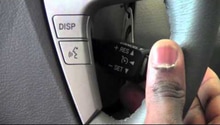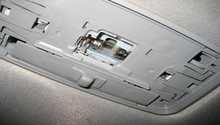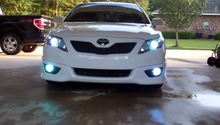Toyota Camry 1997-2001: Why Aren't My Reverse Lights Working?
Reverse lights are important for preventing accidental rear-end collisions. If your reverse lights have suddenly stopped working, this diagnostic will help you figure out why.
This article applies to the Toyota Camry (1997-2001).
When your reverse lights stop working it can be a serious problem. What if you need to back out into oncoming traffic? What if there are people walking behind your Camry and they can't tell that you're moving because the lights won't come on? It's pretty clear that fixing your reverse lights should be a top priority, but it's not always simple to figure out how to fix it. Don't worry, we'll walk you through each of the possible causes of a reverse light failure.
Step 1 – Check the light bulbs
This might seem obvious, but sometimes it's hard to tell when a bulb is no good. It might seem like the the bulb is still in good condition, but the filaments inside could be broken. Try replacing your reverse light bulbs with a fresh pair of bulbs just to be certain that the bulbs are not the problem.
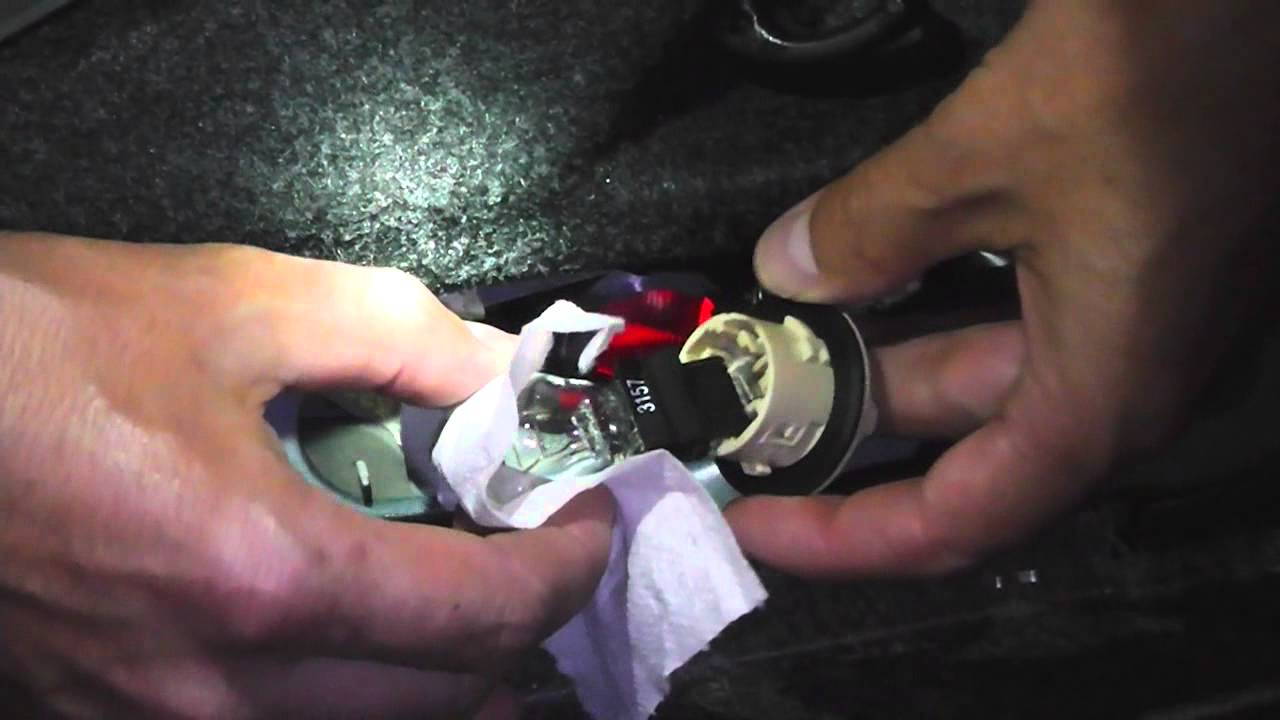
Step 2 – Check the wires and connectors
It's fairly common for wires to become damaged, especially in the trunk near the hinge. If the wires are frayed, they'll need to be repaired or replaced. It's also possible for there to be issues caused at the bulb socket. Clean off any corrosion you find on the terminal of the bulb socket and apply a little dielectric grease to the bulb contacts to ensure a connection there. Don't forget to check the ground wire and make sure that it's properly secured to the chassis and that it's free of any corrosion.
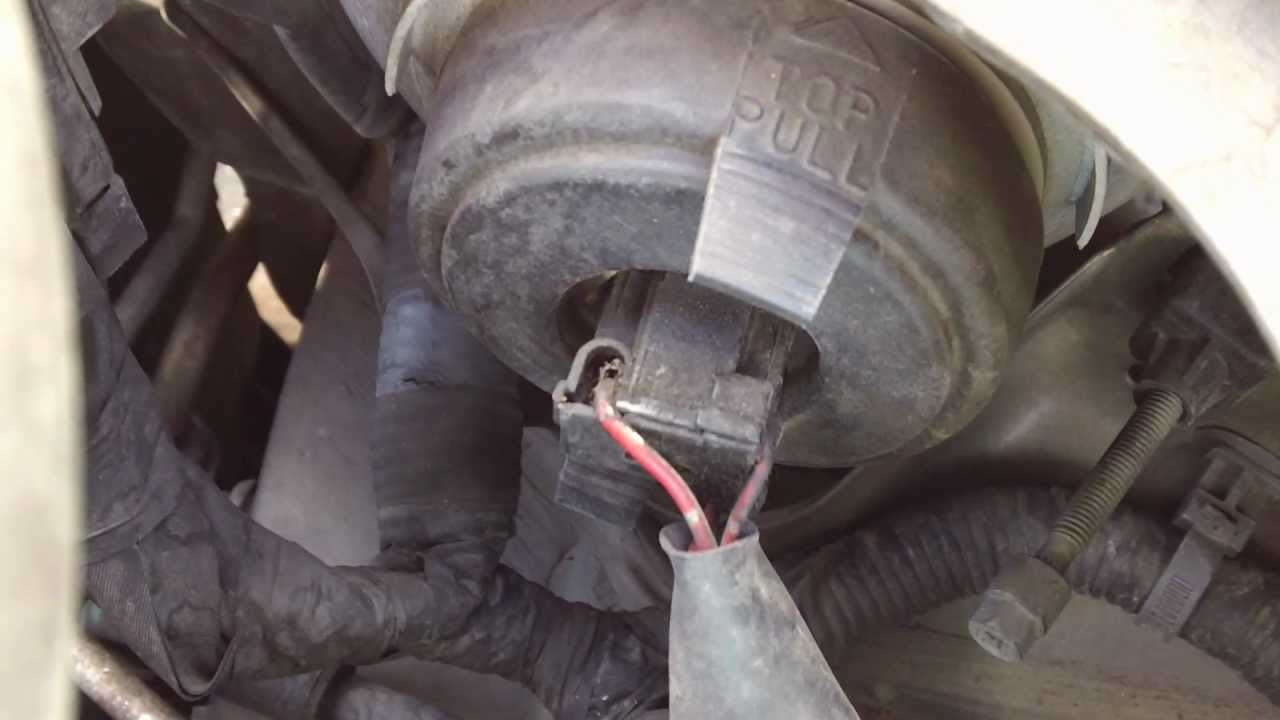
Step 3 – Check the fuses
A blown fuse will prevent power from reaching your reverse lights. Find the fuse box under the hood of the car and look for the 10 amp gauge fuse that controls the reverse lights and the reverse indicator on the cluster. Check for any kind of physical damage. Then use a multimeter to check for continuity in the fuse. If your multi-meter shows there is no continuity, then the fuse is blown.
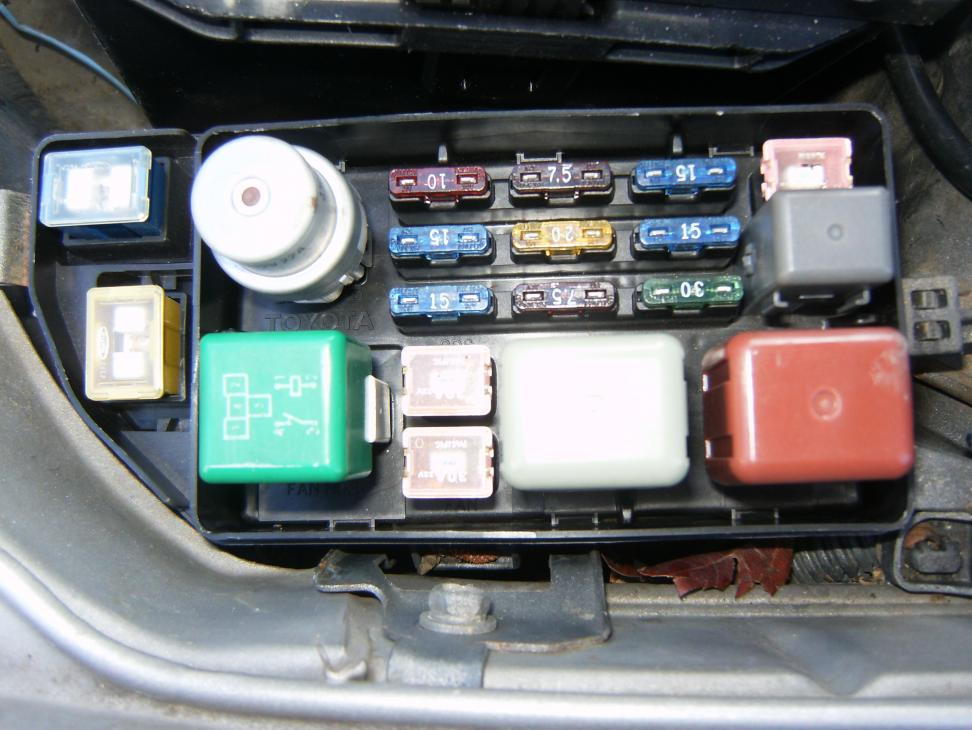
Step 4 – Check the park/neutral position switch
The power to the reverse lights goes through the park/neutral position switch. Typically, if something were to go wrong with this switch, it would trigger a check engine light. It's a bit difficult to check if something's wrong with the switch. But there is a way to check if it's causing interference to your lights. Have someone watch your Camry from behind while you put the car into reverse and wiggle the shifter. If the reverse lights flicker on, then it means there's something wrong with your park/neutral position switch.
Step 5 – Check the lamp failure sensor module
The lamp failure sensor module detects when one of your bulbs goes out and typically triggers a light on your cluster. The reverse light wires connect to the module so it's possible for the module to fail and cause interference to the lights. If this is the case, then you'll have to either repair or replace the lamp failure sensor module.

Related Discussions
- 98 Camry Reverse Lights Not Working - CamryForums.com
- Reverse Lights Don't Work / "R" Lights Up with Brakes - CamryForums.com


